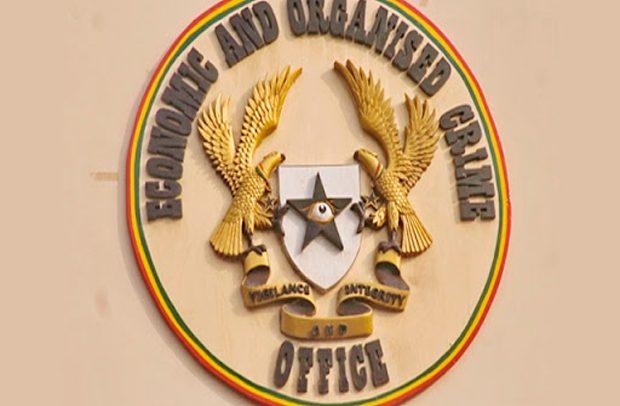Directors of some eleven defunct microfinance companies in the country are finding themselves on the wrong side of the law following recommendation made by the Economic and Organised Crime Office (EOCO) to the Attorney General’s Department for their possible prosecution.
The Bank of Ghana (BoG) dragged the directors of the microfinance companies to the Economic and Organised Crime Office (EOCO) for investigations and prosecution for alleged embezzlement and fraud.
The names of the companies are Goldman Capital Microfinance, Dwadifo Adanfo Microfinance, CIG Microfinance, Noble Dream Microfinance, Adom Sika Microfinance and Nationwide Microfinance.
Also, Cypress Microfinance, Jorbies Microfinance, DPF Microfinance and FTS Capital.
According to a statement sigheted by DGN Online from BoG signed by the Secretary, Sandra Thompson, the Bank of Ghana cited a number of potentially criminal actions on the part of these institutions and their shareholders, directors or management.
She explained that following further investigations conducted into the failure of these institutions by the Receiver appointed by BoG, these cases were referred to EOCO for advice.
The Secretary therefore stated that EOCO has conducted independent investigation into the cases of the aforementioned savings and loan companies and has made recommendations to the Attorney General’s Department for consideration and possible prosecution.
The anti-graft agency investigated how more than GH¢90 million belonging to depositors was utilised by the microfinance companies among others.
It was reported that more than 4,500 customers risked losing their lifetime savings to the stumbling microfinance companies as many microfinance companies have during that period shut down their operations because of their inability to raise money to fund withdrawals thereby leaving the fate of thousands of customers whose lifetime savings were locked up remains uncertain, as some directors of the distressed companies were said to have gone into hiding.
It said that out of the 347 licensed companies, only 319 were in good standing, having fully complied with BoG regulations as there were about 50 microfinance companies that are struggling to meet their liabilities to depositors.
There was a huge gap between deposits and assets, meaning that large sums of funds had been diverted into some other businesses as several assets management and insurance companies who had heavily invested in those distressed microfinance companies fear of losing their investments, a situation which had triggered the Securities and Exchange Commission (SEC) to initiate investigations.
BoG therefore ordered some of the microfinance companies to shut down, while others have been asked to cease taking deposits from customers, while the highly distressed ones were referred to EOCO for further investigations and prosecution.
In 2015, the BoG increased the minimum paid-up capital requirement for obtaining tier two and tier three microfinance institution licences from GH¢1 million to GH¢2 million.
The increase was part of a review to strengthen microfinance institutions to deliver financial integration to the unbanked segment of the market.
However, after two years the wave of scandals, fraud and embezzlement in some microfinance companies is unsettling the authorities at the central bank, who plan to undertake a comprehensive review of the sector to sanitise the industry.
By Vincent Kubi


